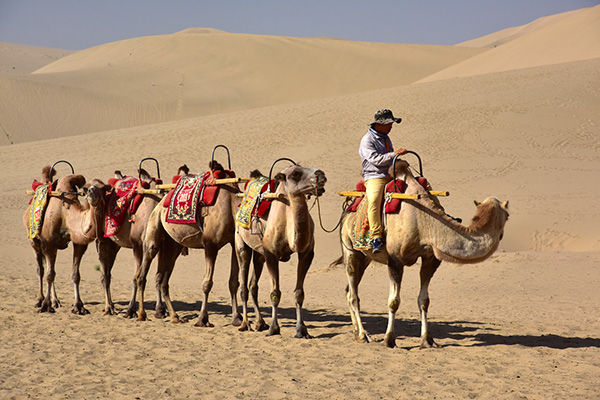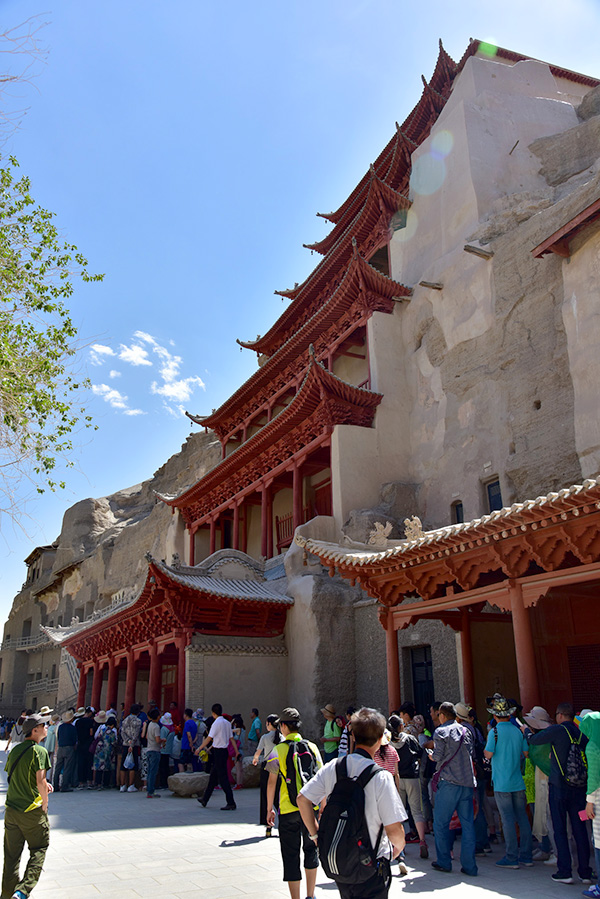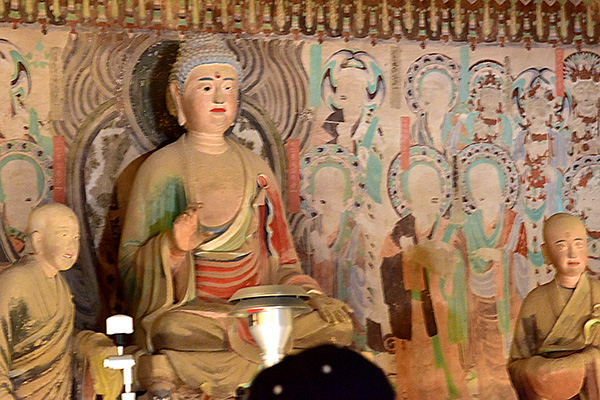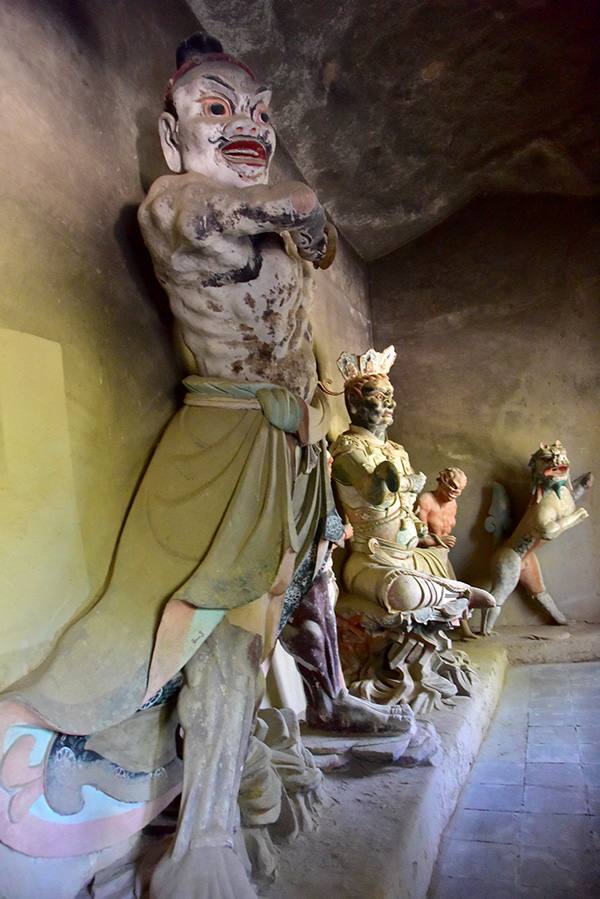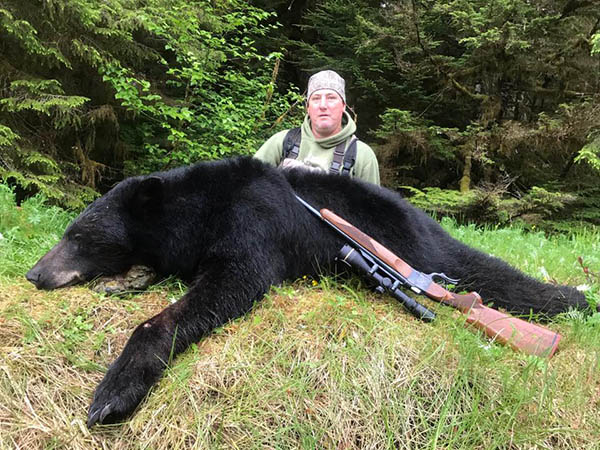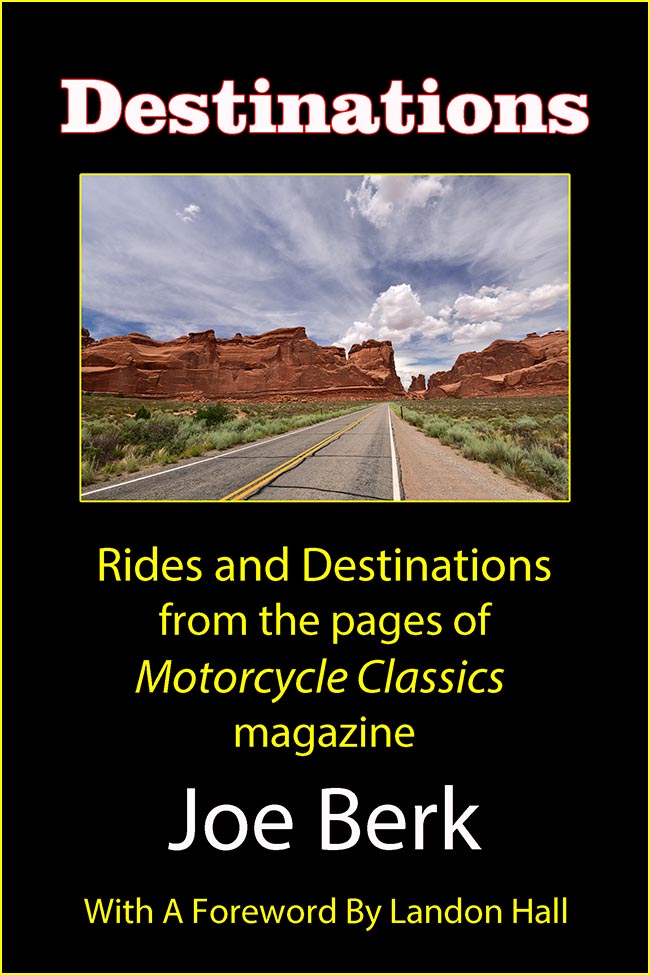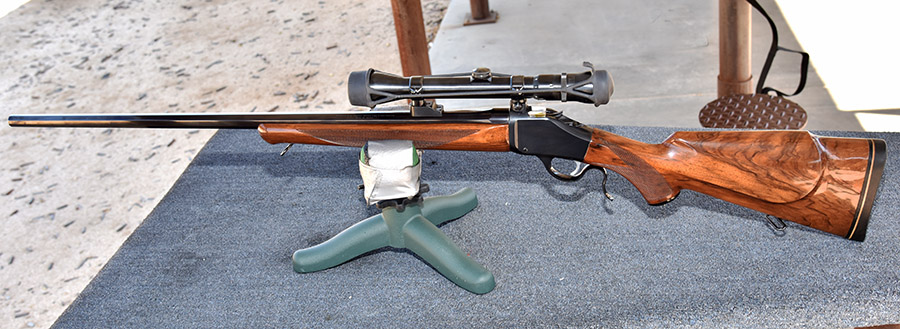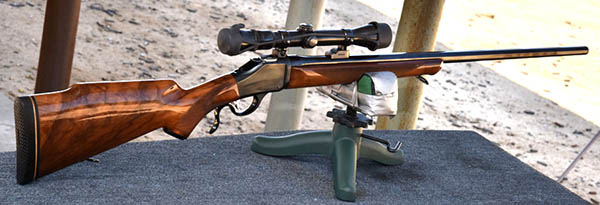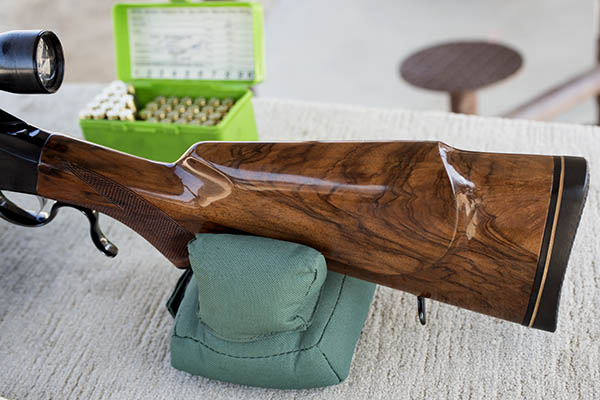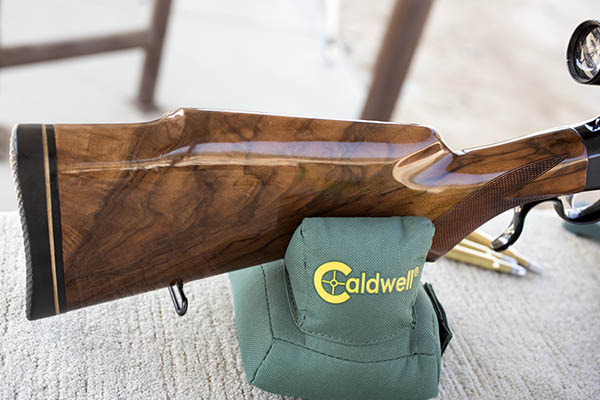Riding in a group is a lot like sex: Most of us think we’re better at it than we really are.
This blog focuses on how to play well with others on a group ride. It’s told from the perspective of a guy who has organized and led group rides (that would be me) and who has been a participant on group rides (that would also be me). You can have a lot of fun on a group ride and go places you might not otherwise go, like Seda in the photo above. Seda is a town that will take your breath away…it’s the largest Tibetan Buddhist school in the world, it took days to reach, and I would have never visited it had I not done so on a group ride. You can read all about that in Riding China.
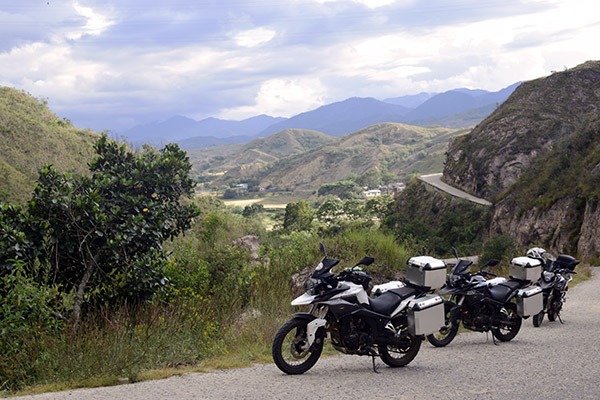
 .
.I make a distinction between organized group rides and simply taking a ride with a buddy or two. This article is not about rides in that second category. In this blog, I’m describing organized rides with several riders, rides that are usually put together by a club, a dealership, and on occasion, by a manufacturer (like the ride I did with AKT Motos through the Andes Mountains in Colombia).
Tip 1: Don’t Be A “Maybe” Rider
If you’re not sure, don’t commit to the ride. Don’t be a guy who says he might go if he can get off work, or if his girlfriend says he can go, or if he feels like going that day, or any of the myriad of brainless “ifs” folks put on their potential participation. You know the drill…you start out with a whole platoon of guys who say they’re going, a week before the ride it’s down to five people, and the morning of the ride it’s you and one other guy. If you can go, put on your big girl panties and go. If you’re not sure, don’t say anything.
Tip 2: Don’t Invite Others Without Checking First
I’ve had this happen to me a few times when I’ve planned rides: Folks I invited invite others. Consider it from this perspective: I invited you because I think you’d add something to the ride and I think I know how you ride. I don’t know other folks you might want to invite, I don’t know how they would fit in the group, and I don’t know how they ride. My suggestion is this: Ask the ride organizer if you want to invite someone else. Don’t just invite others along.
If it’s a marque-specific ride, don’t invite others along who ride other motorcycles. The ride organizer is promoting a manufacturer’s motorcycle. It’s weird; folks would badmouth Chinese motorcycles but then get their shorts in a knot because we wouldn’t allow other brands on the CSC Baja rides (you can read about those in 5000 Miles at 8000 RPM and Moto Baja
). Call Brand X and complain to them if they don’t have a ride for you; don’t bitch at me because I don’t want your bike sneaking into my marketing photos.
Tip 3: Don’t Ask To Join The Ride Along The Way
This seems to be a recurring request, and the only thing I can attribute it to is laziness and that all-too-common sense of “You don’t understand…I’m special.” It doesn’t seem to matter if we’re organizing a 300-mile ride or a 5000-mile ride. There’s always that guy who doesn’t want to ride an extra 15 miles to join the group at the starting point. He wants the group to pull off the highway to meet him somewhere along the way.
Don’t do this, folks. Either make it to the start of the ride or stay home. The ride organizer has enough going on without adding additional stops to save you 15 miles (and we don’t want to inconvenience everyone else who made it to the start point). Find those big girl panties. Pull ’em on.
Tip 4: Attend the Pre-Ride Briefing
If there’s a pre-ride briefing, go to it. Ride organizers do this to provide critical information and to emphasize safety. Don’t ask if you can skip the pre-ride briefing.
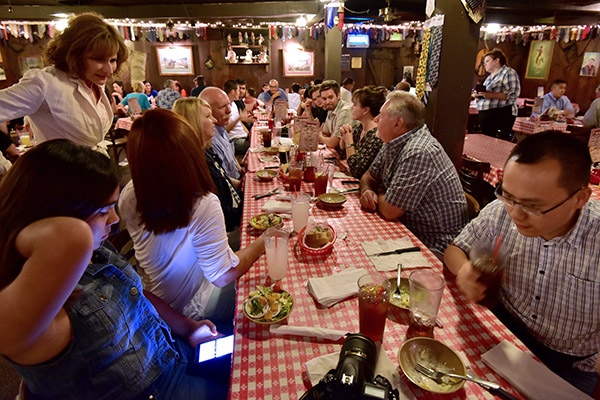
Tip 5: Don’t Push Alternative Routes
Trust me on this: The ride organizer has put a lot of thought into the route. I know when I plan a ride I have a lot of things in mind (start times, how long the ride will take, getting in before dark, the group’s safety, things to see along the way, the route, fuel stops, etc.). If you have a better idea, do your own ride.
If the group isn’t going somewhere you want to go, you might ask the ride organizer privately if it would be okay to split off, see what you want to see, and then meet up with the group later that night (or just finish the ride on your own). I’ve had guys do this and I’m fine with it. What ride organizers don’t want is a debate during the pre-ride briefing.
Tip 6: Arrive Early
This is so obvious it almost seems silly to mention it. When I plan a ride and specify a departure time, that’s when we’re leaving. If you’re not ready to go at that time, we’re leaving anyway. I won’t delay the group because you can’t get there on time.
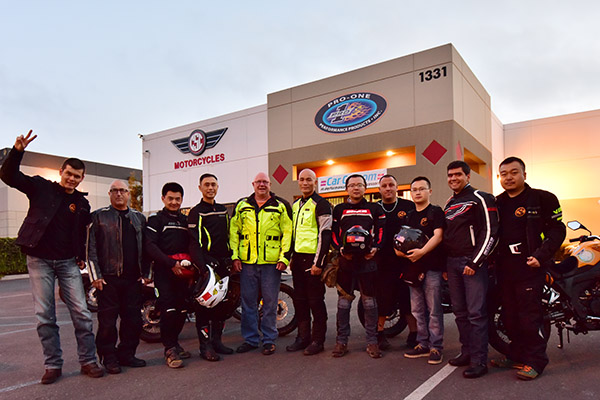
Tip 7: Arrive Fully Fueled
Stop for fuel someplace close to the departure point and fill up, and do so such that you can arrive for the start on time. There are few things more frustrating than a rider who announces he has to stop for fuel when the group is ready to leave.
This applies to breakfast, too: Eat your breakfast early, unless the group plans to stop for breakfast. I’ve had guys announce when the group was ready to leave that they needed to eat first. Seriously?
Tip 8: Make Sure You and Your Bike Are Ready
If you need to adjust your chain, check your oil, charge your cell phone, clean your faceshield, tweet, post on Instagram, adjust your jockstrap, or any of the other things I’ve seen guys do at the start of a group ride, do all that before you arrive. I used to ride with a guy named Dick who did that sort of thing constantly, and he always did it just as we were ready to leave. “Wait a second,” Dick would say, “I think my chain is loose.”
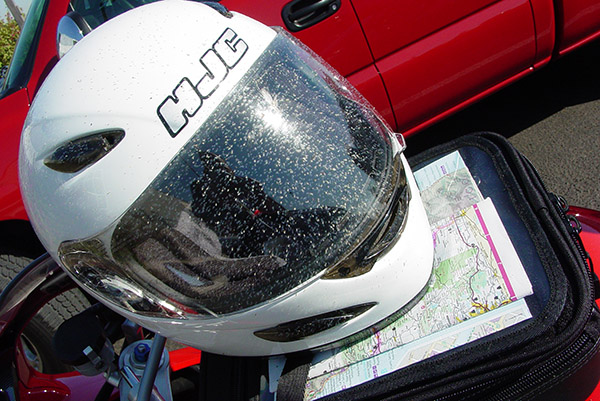
The advice here is simple: Don’t be a Dick. Do whatever you need to do so that you’re ready to roll at the designated departure time.
Tip 9: Keys, Gear, and Mount Up (in that order)
Put your key in the ignition before you suit up, suit up, and then get on your bike. Don’t get on your bike before you put on your gear, and don’t pull your gloves on when your key is still in your pocket. I know, this all sounds obvious. But people do these things. I’ve seen guys drop their bikes because they suddenly realize they need to put on their helmet, jacket, and gloves as the group is leaving. They’ll jump on their bike, try to balance an 800-pound motorcycle while pulling on their gear, realize the key is still in their pocket so they have to remove their gloves…and in the middle of it all: Bam, down goes the bike. Dick used to do that all the time.
Put the key in the ignition, suit up, and then get on your bike. And do it so when the group is ready to leave, you are, too.
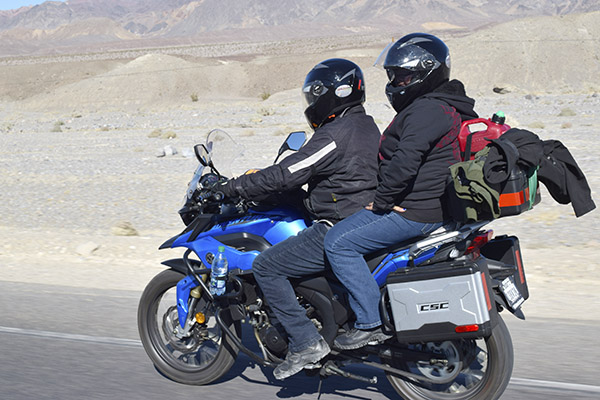
One more point on this: If you want to bring your significant other along and he or she is one of those people who takes a long time getting ready, explain that motorcycle rides are different. They just are. If your significant other can’t adapt, maybe you need another significant other.
Tip 10: Refuel When Everyone Else Does
Your ride organizer will have considered the bikes and their fuel ranges and selected stops accordingly. Don’t assume you can make it to the next fuel stop when everyone else is refueling. I’ve had guys do this and then run out of gas at inconvenient times and in inconvenient places. One guy did so coming home from a Baja ride. We spent the night in Tecate and fueled the bikes there, but for whatever reason, he decided he had enough gasolina and he didn’t top off. He ran out of gas on I-5 somewhere north of San Diego. For all I know, he’s still sitting by the side of the road.
Tip 11: Keep Your Helmet On At Gas Stops
A fuel stop can be 10 minutes if everyone pulls up to a pump, keeps their helmet on, and is efficient. Or it can be 45 minutes or more if folks take their helmets off, start kibitzing and posting on social media…you know. Listen to what the ride organizer says about this during the pre-ride briefing. I like to keep my helmet on and keep things moving.
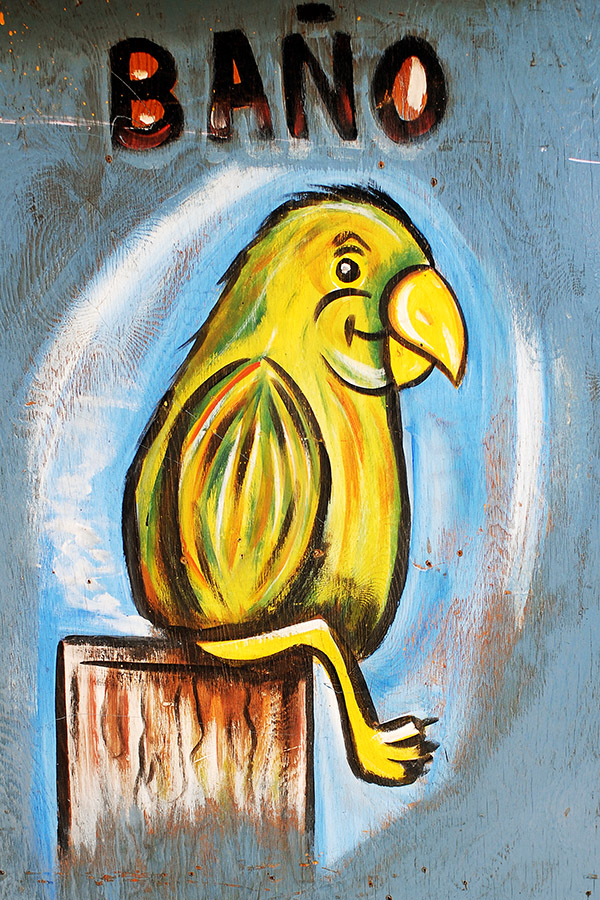
Fuel stops are a good place to use the rest room, too, but be quick about it. Most ride organizers will make a pit stop every hour or so (hey, we’re mostly a bunch of full-figured mature prostate patients), so take advantage of every stop and hit the head.
Tip 12: Eat With The Group, and Be Nice
Don’t decide you don’t like the restaurant the ride leader selects for lunch and wander off looking for your idea of the perfect place, and don’t suggest different places to eat when the group stops at a restaurant. Give the ride leader credit for having thought about things like how long it takes to get served at a restaurant, cost, etc. On the wandering off thing, I’ve had guys do this and I left without them when we were finished eating. Sometimes they got back in time and sometimes they didn’t, but I wasn’t going to inconvenience everyone else waiting for my vagabundos to rejoin the group.
If you’ve ever worked in a restaurant, you know large groups are tough. The wait staff may be leery of your group for a couple of reasons…you’re a bunch of people dressed like Power Rangers (so you may be a little intimidating), and most groups tend to leave scanty tips (or no tip at all). Be nice and leave a good tip. The ride organizer probably has a relationship with the restaurant from prior visits, and he ‘ll probably want to bring other groups on subsequent rides. Don’t poison the well.
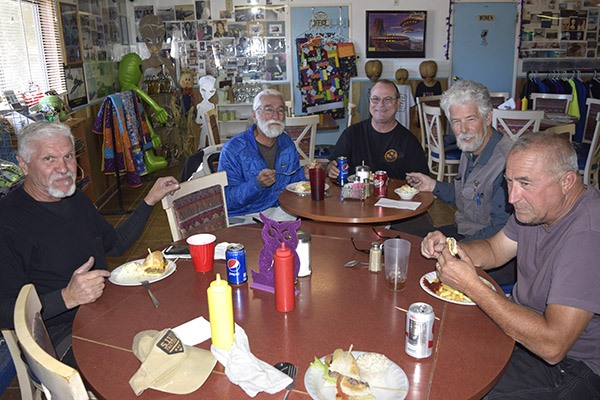
Don’t take up other tables by stacking your helmets, your jackets, and other stuff on them. Leave other tables free for the restaurant’s other customers.
Some folks take forever choosing from the menu, or they have special requests (you know, put this on the side, add this but subtract that, can I get goat cheese instead of American cheese, etc.). That makes things difficult for the restaurant and the other riders. Choose from the menu, be quick about it, and don’t delay the group.
Here’s another thing I want to mention: I’ve ridden with guys my age or older who mostly look like me, yet they somehow feel compelled to hit on the wait staff. For the record, I’m overweight, I’m bald, and I’m not tall, dark, or handsome. Read that sentence again, because whether you realize it or not, I may have just described you. Do you really think a young woman working in a restaurant is going to be impressed by a short, fat, and not-so-handsome guy three times her age hitting on her? Give it a break, guys.
Tip 13: Ride Safely
Safety trumps everything else on a group ride. Go to the safety briefing, ride in a staggered formation, don’t crowd the rider in front of you, and don’t try to carry on a conversation by riding alongside another rider.
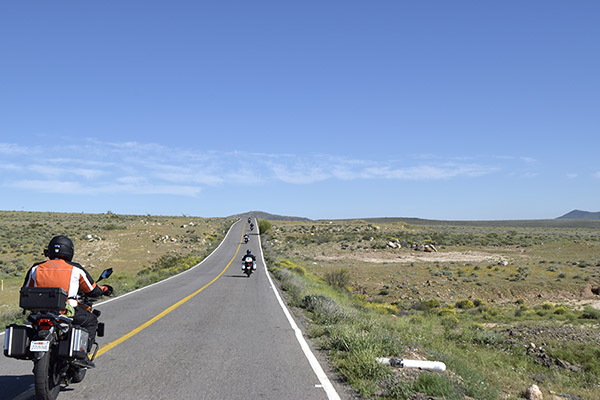
Riding in a group also means keeping up…you don’t want to tailgate the rider in front of you, but you don’t want to ride so slowly that it opens up huge gaps in the group.
If a traffic light changes to red, don’t blow through it just to keep up with the group. The ride leader will most likely stop to wait for you. You should know the route so that if you do get separated, you can join the group down the road. And if a car needs to change lanes to exit in front of you, allow it to enter and cross your lane.
Finally, know your capabilities and consider the group. If you’re a loud-pipes-saves-lives kind of rider and the group is a bunch of loud-clutches-saves-lives canyon carvers, you may be praying at the wrong church. If the group is riding at a pace beyond your capabilities, drop out and ride your own ride. Don’t get in over your head, and don’t assume because the guy in front of you made it through that corner at 80 mph you will, too.
Tip 14: Avoid Alcohol During the Ride
I’ll only ride with folks who won’t drink at all on a ride. Once the bikes are parked for the evening, that’s another story, but during the day, it’s no booze. Period. I’ve played the game with guys who think they can have a beer during the day. Then it becomes two. Then three. Nope. Not gonna happen. Not with me.
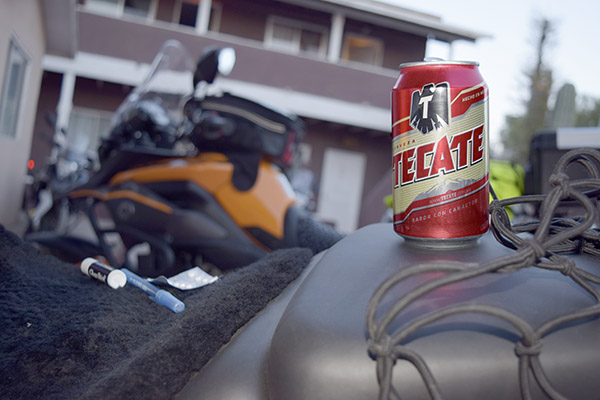
There are liability issues here, and it’s likely that folks sponsoring a ride simply won’t risk the extra exposure that goes with allowing alcohol consumption on a ride.
Tip 15: Be An Extremely Careful Photog
You can have a great motorcycle ride or you can make a great video, but you can’t do both at the same time.
If you want to do a video on the road, get a mount (Ram makes good gear) to mount your Go Pro or cell phone to the bike so you don’t have to screw around holding it or looking through a viewfinder while you ride. If you’re using a wide angle lens, don’t try to make up for it by crowding the rider in front of you to get a better view of his bike. Safety first all the time is the rule here.
If you’re using a digital camera for still shots, never try to use the viewfinder or look at the LCD screen to compose the shot while you’re riding. Digital film is cheap: Take a bunch of photos without looking through or at the camera. One or more of your photos will be good. You can’t control your motorcycle trying to compose a photo, and you put yourself and the riders around you at risk if you attempt to do so.

 . Buy the book
. Buy the book (don’t wait for the movie). It was a glorious 6,000-mile group ride without a single incident.
(don’t wait for the movie). It was a glorious 6,000-mile group ride without a single incident.Last point on this topic: Don’t delay the ride so you can get the perfect photo or an artistic video. There’s a lot more at stake here than the number of likes you’ll get on Facebook.
Tip 16: Pay Attention To Your Turn Signals
Keep an eye on your turn signals. Dick used to put his turn signal on, he’d make the turn, and then he’d ride the next 72 miles with his turn signal flashing. Again: Don’t be a Dick.
Tip 17: Pack Your Bike Safely
One time I rode with bunch of guys from the place I was working at the time, and the plan was for a 3-day trip to San Felipe. I had my KLR, there was another guy on an FJR, and there was another guy on a full dress Harley. We met up at a Denny’s and I was shocked, although I guess I shouldn’t have been. The Harley guy’s bike had saddlebags and a tailpack, and he still had a bunch of stuff strapped down on his rear seat and the top of the tailpack. “I brought everything I needed for the three days,” Mr. Harley announced (his name wasn’t Dick, but it could have been).
I had everything I needed, too, and it was all in the tankbag on my KLR (including a camera). I pointed that out to my portly V-twin buddy. Learning how to pack (and what to pack) comes with experience, I guess. New riders tend to overpack. I used to do that. I travel light now.
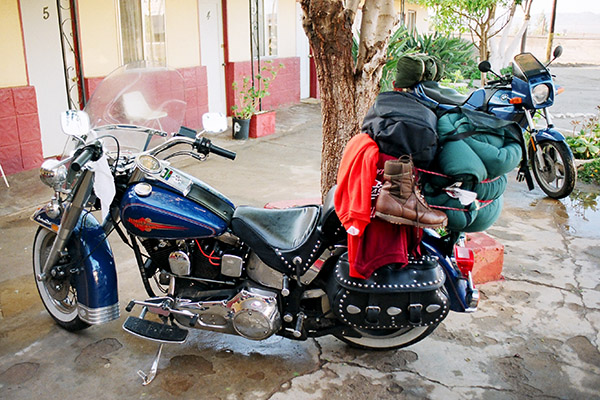
The drill on a ride for me is this: If I can’t get it into the panniers and the tailpack, I don’t need it. And that includes tools, a laptop, my camera, and a couple of lenses. I mentioned this on one of the week-long CSC Baja rides, and one of my friends said, “I don’t know how you do it. I have the same bike with the same bags, and I still need to strap a bag down on the rear seat to hold everything. And I only brought enough underwear to change every other day.”
My response? “You brought underwear?”
Tip 18: Let Others Know If You Bail
If you’re going to leave the ride, let others know. It’s okay to do that; it’s not okay to do it without letting anybody know and just disappearing. That happened to me once in Baja and it scared the hell out of us. You don’t want to make people nervous (and maybe become the object of a search party, like we had to do in Baja) by simply changing your mind about the ride or the route. Be a nice guy and let someone know if you’re going to bail.
So there you have it. If I’ve offended anyone with the above list, my guess is you’re young and you’ll probably get over it. If not, mea culpa. And if you have more suggestions on how to ride well in a group, we sure would like to hear them. Please leave your comments here on the ExNotes blog (don’t post your comments on Facebook; be one of the cool kids and post them here).
Ride safe, folks. And ride extra safe if you ride with a group.
Help keep us going: Please click on the popup ads!
Never miss an ExNotes blog! Sign up for free here!

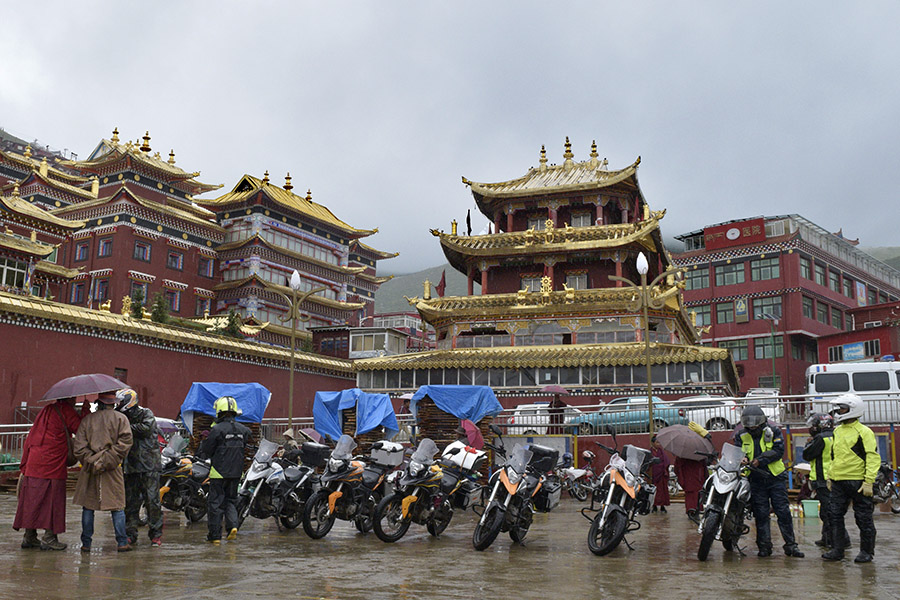
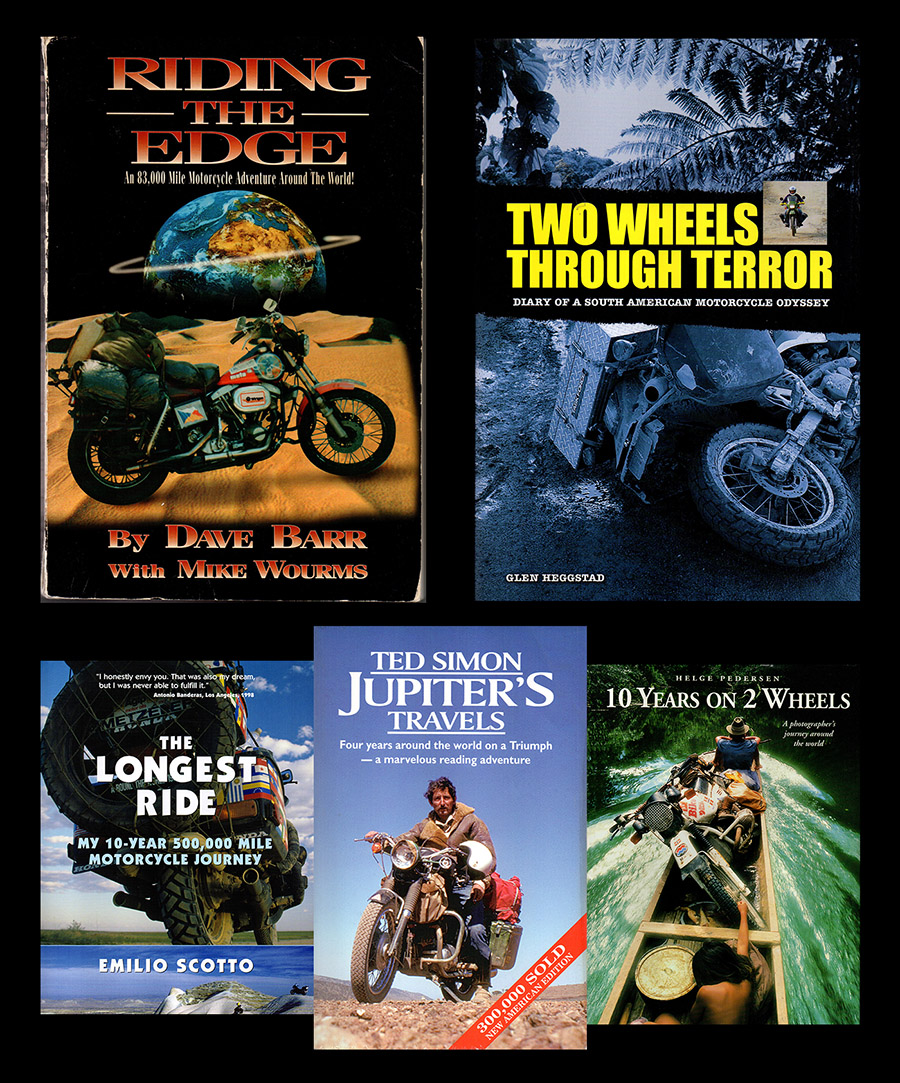
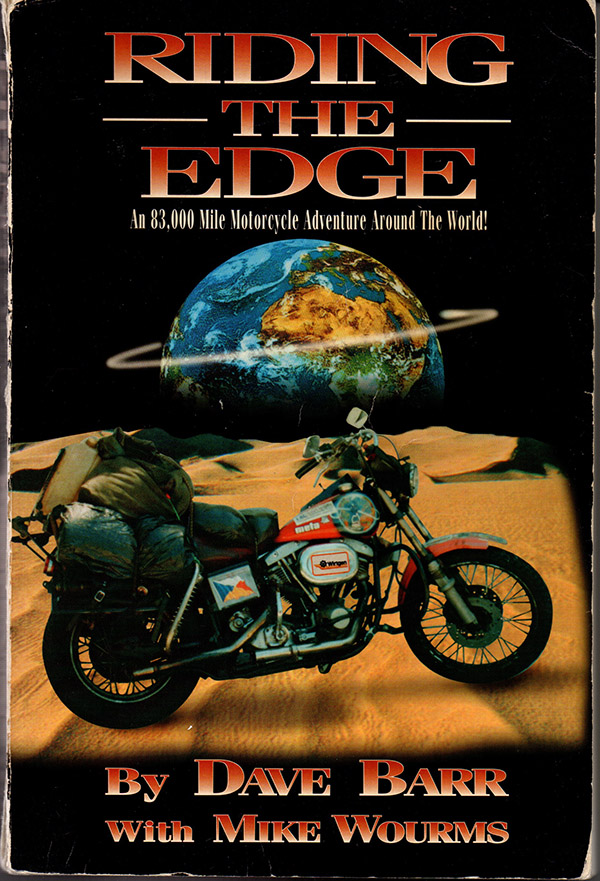
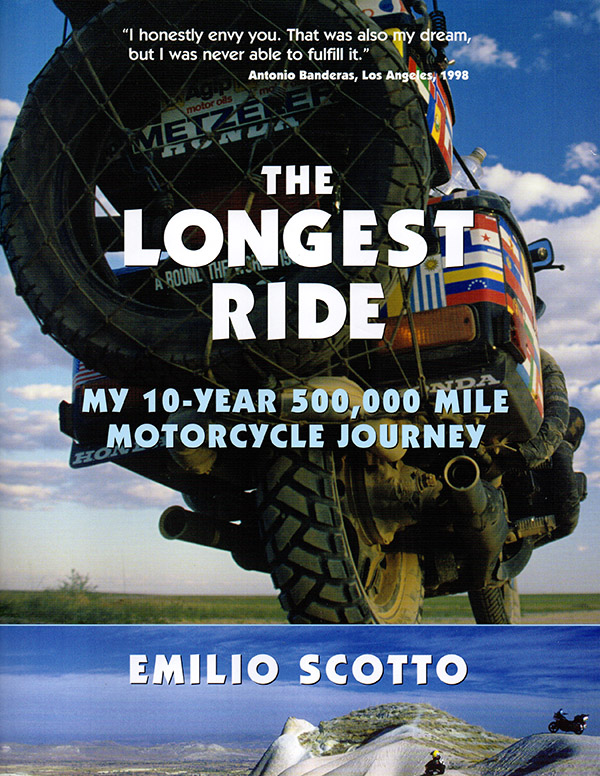
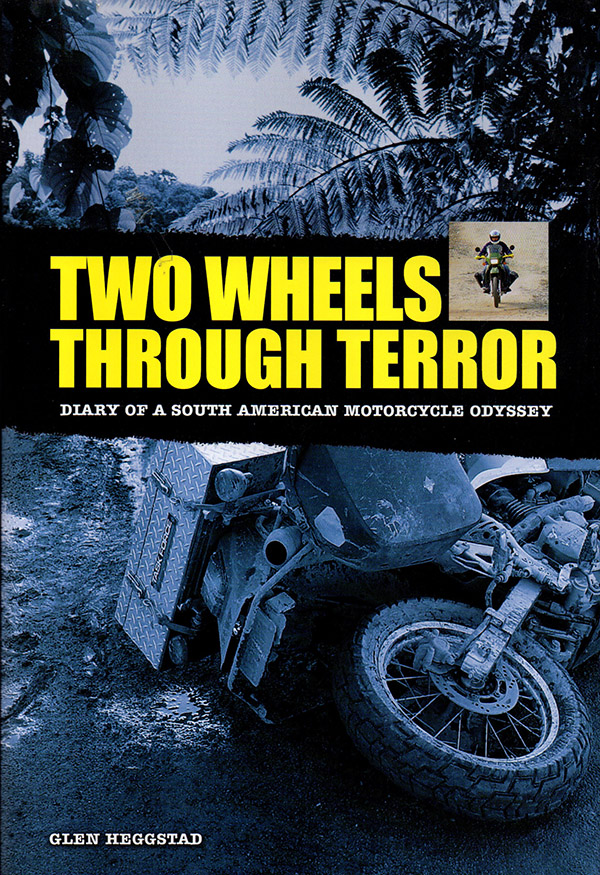

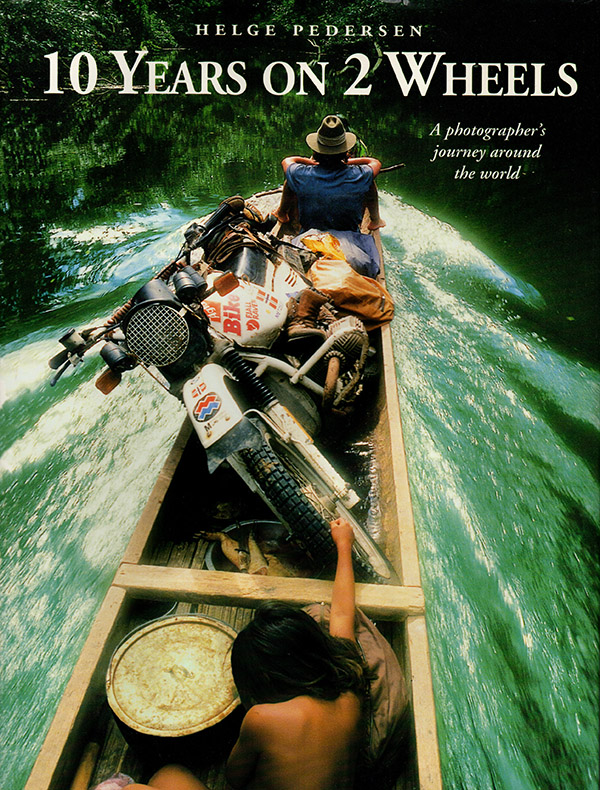 What sets
What sets 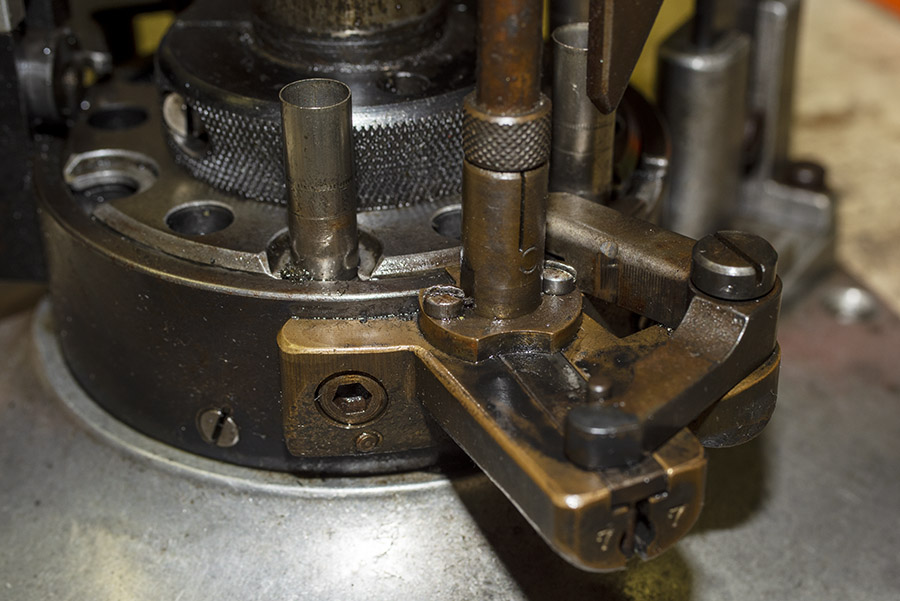
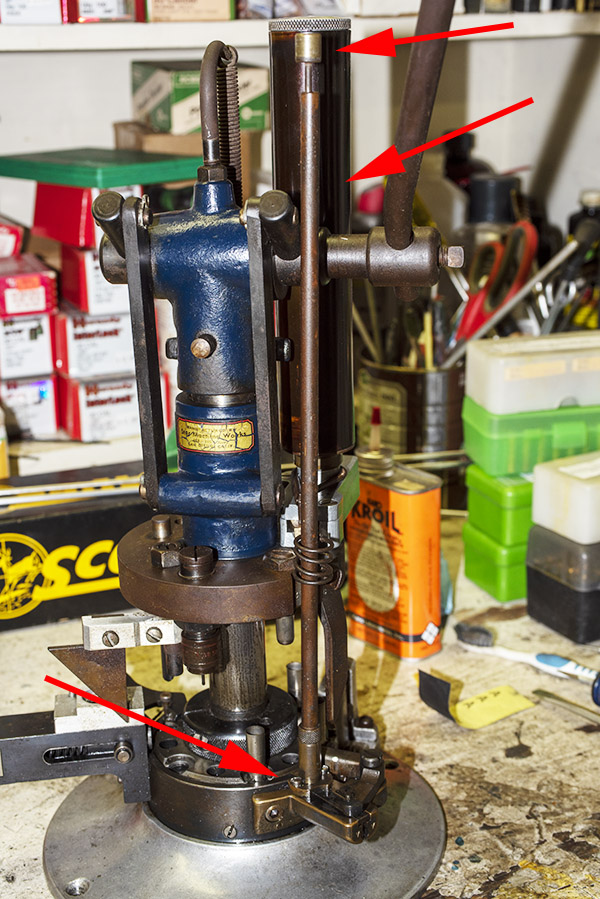
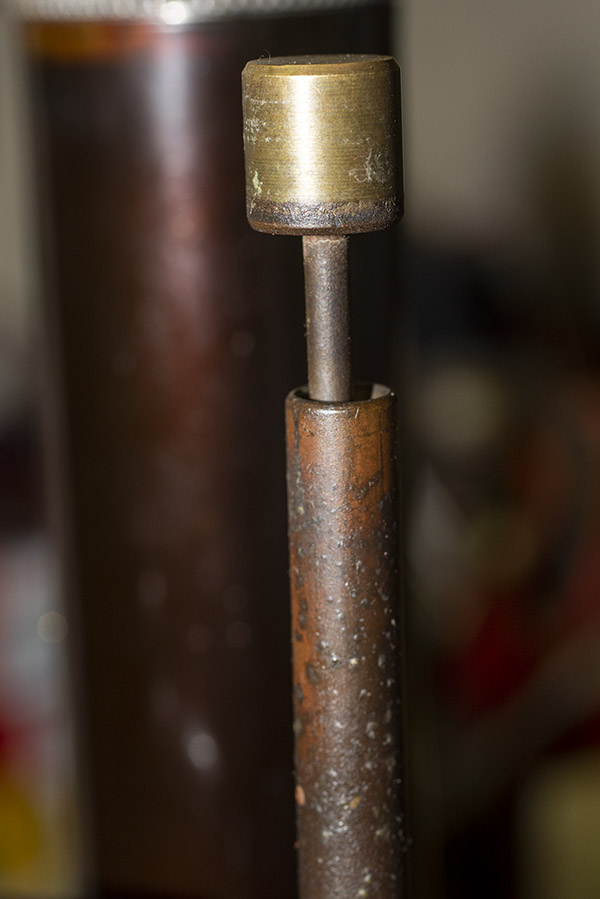
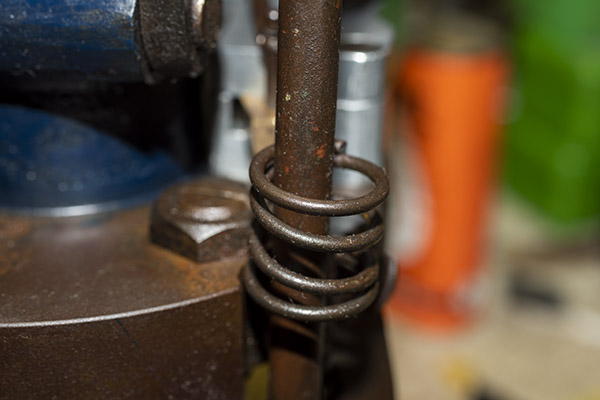
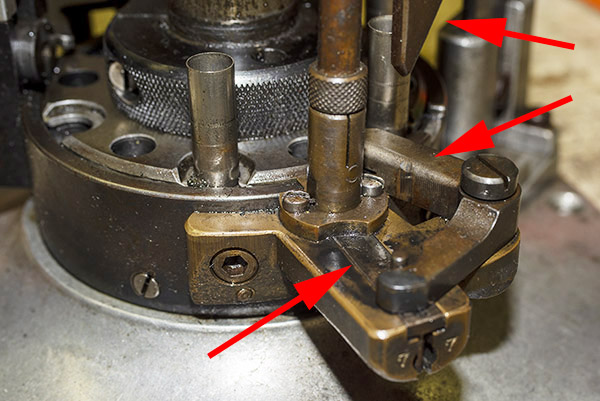
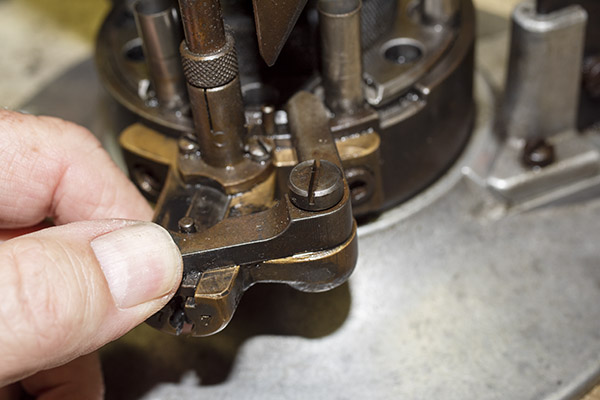
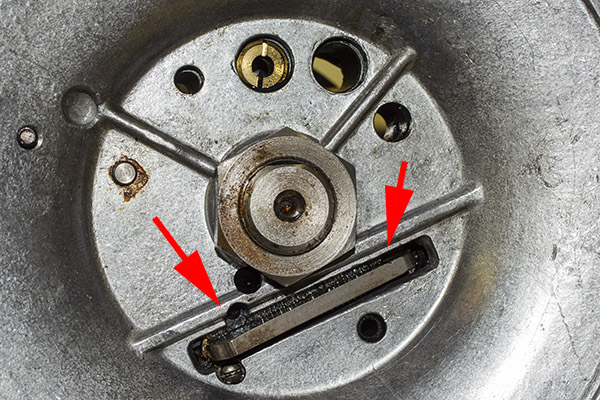
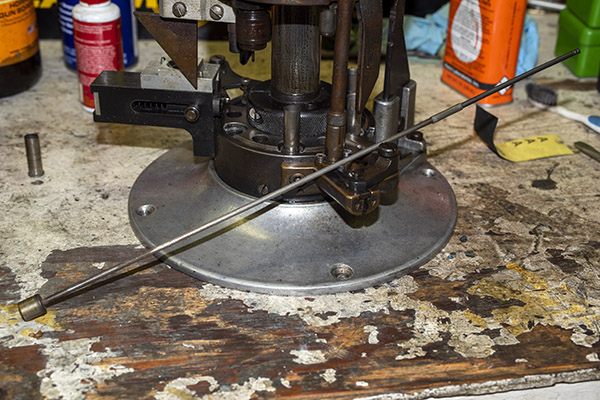
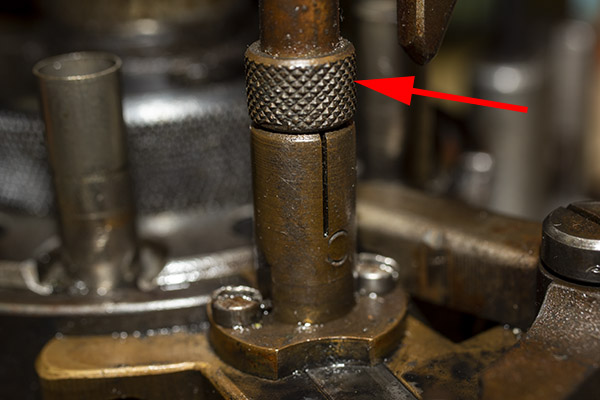
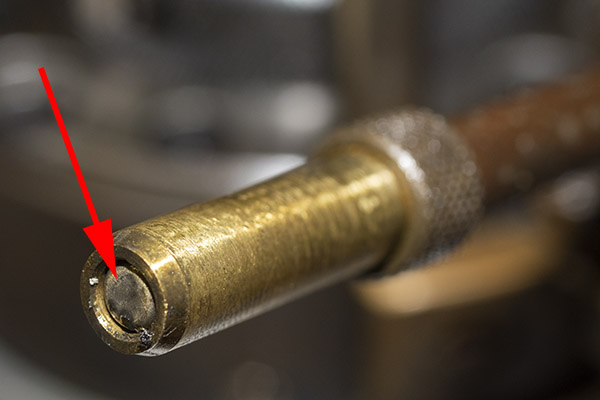
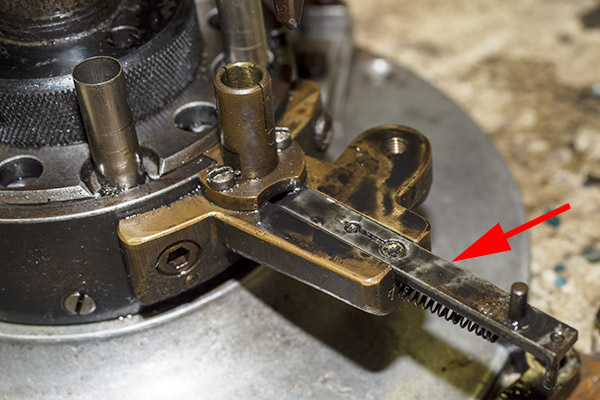
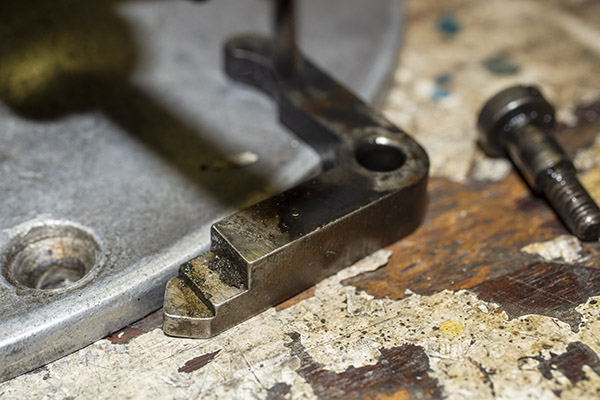
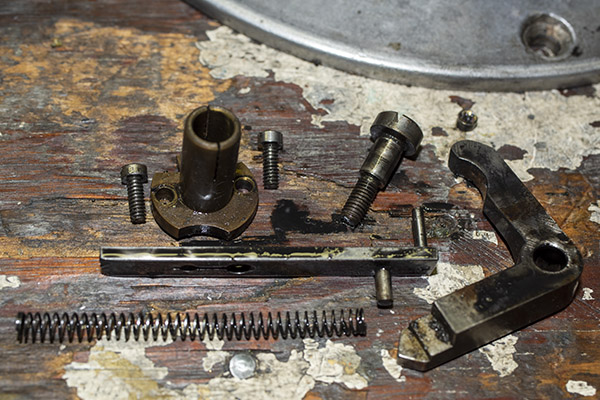
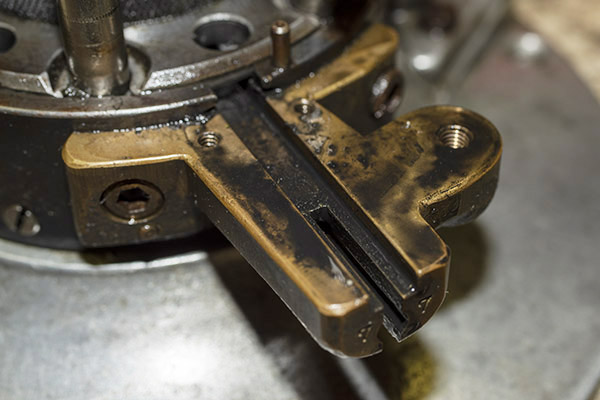
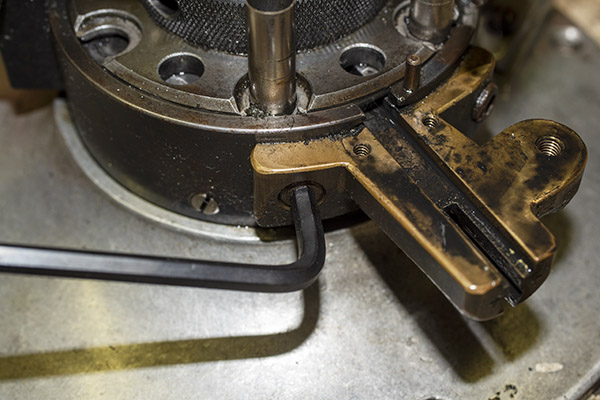

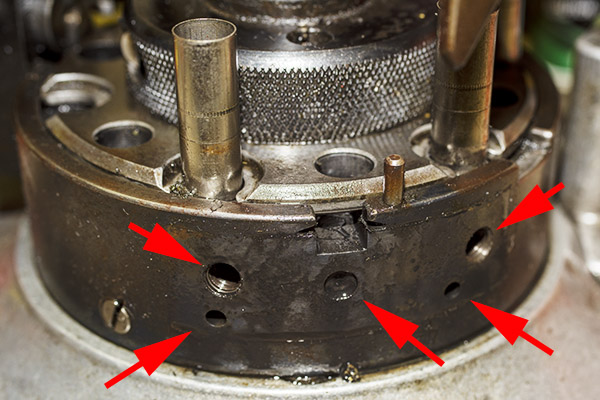
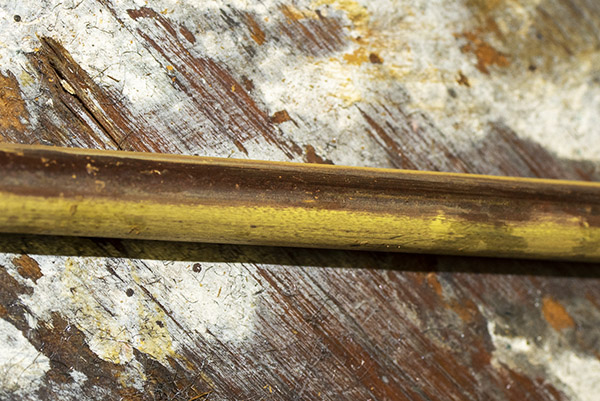
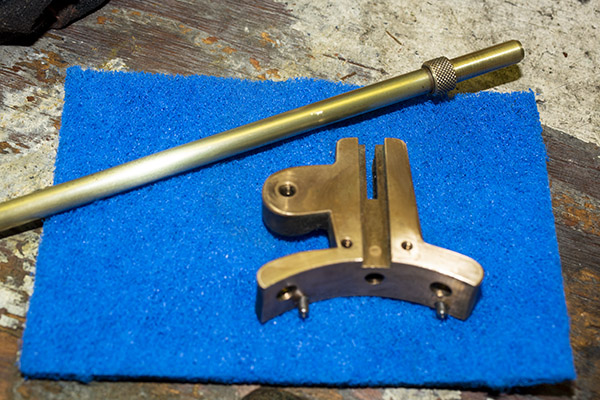
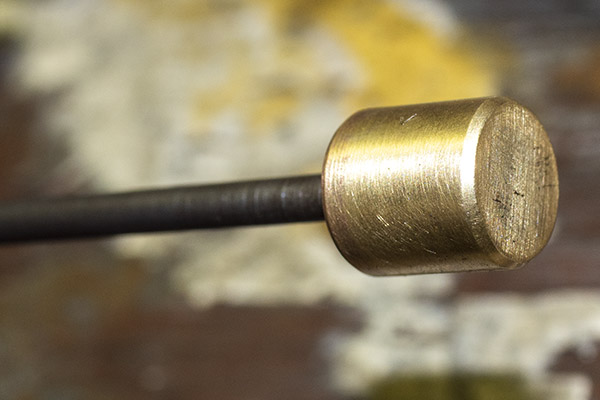
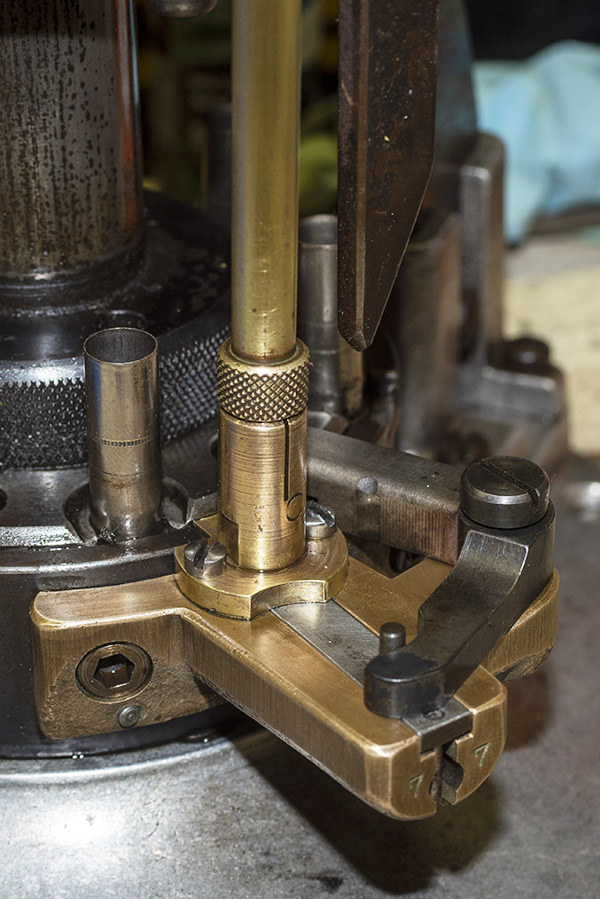









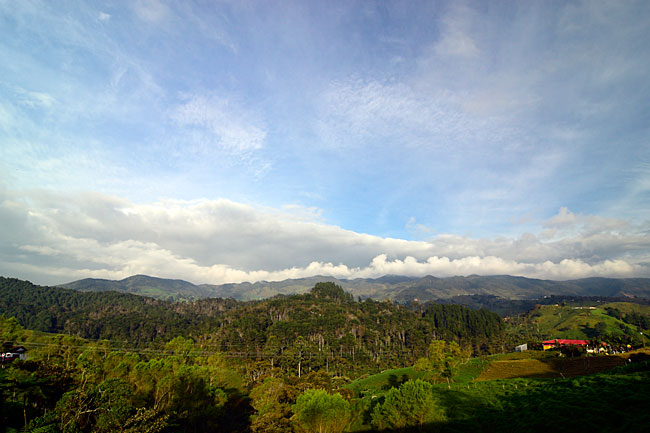
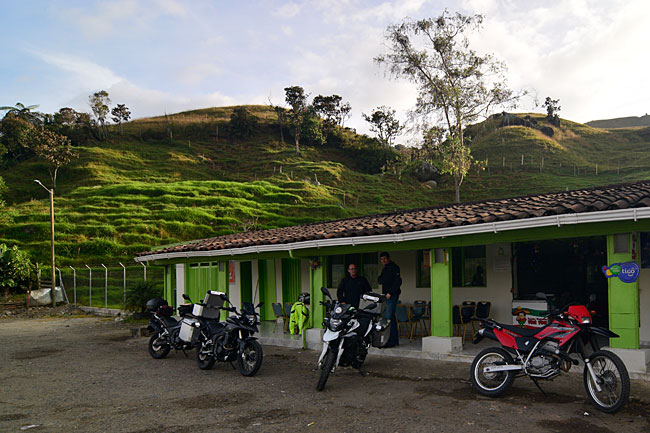
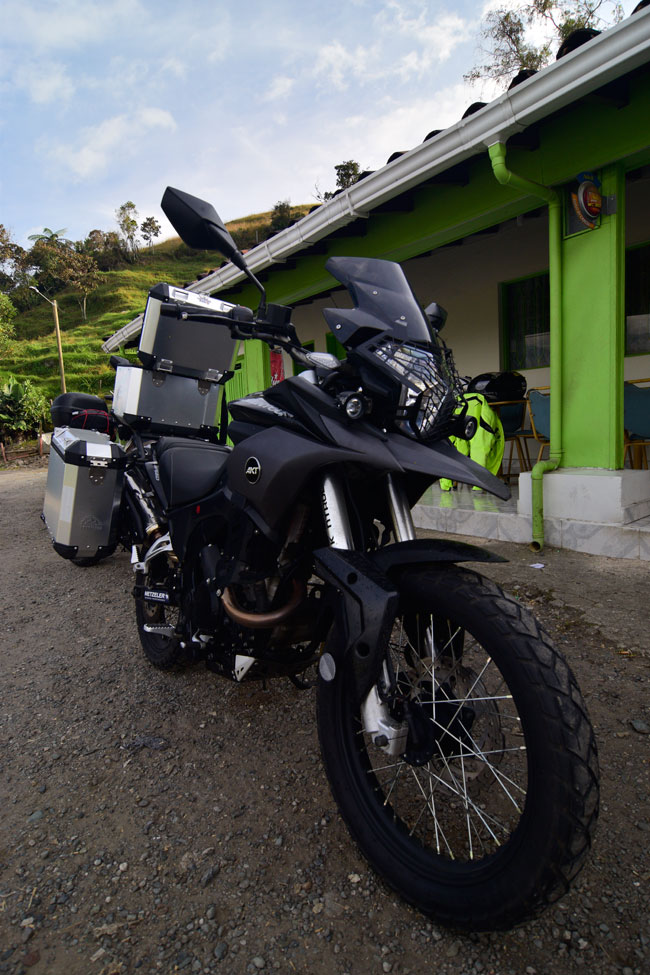
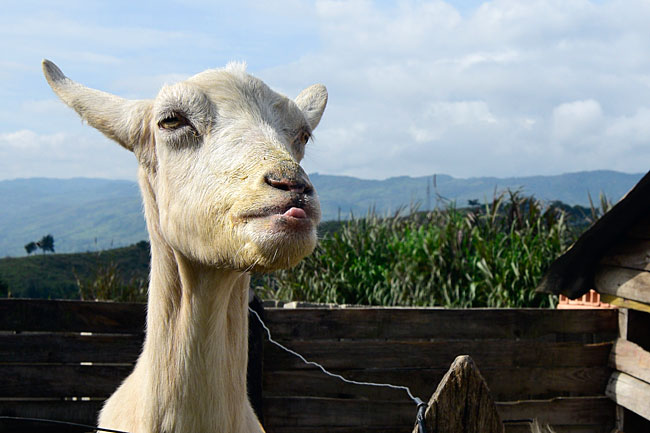
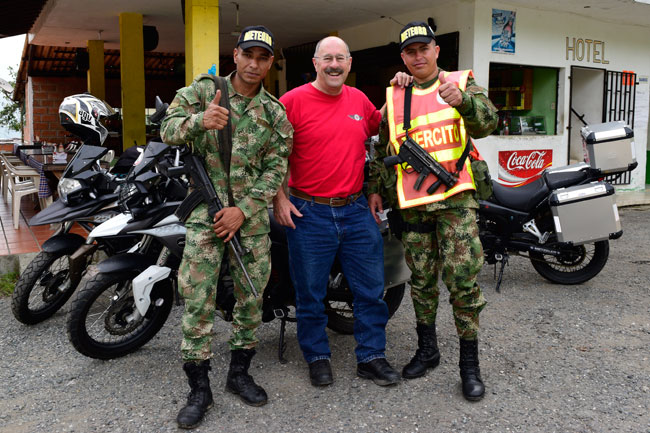

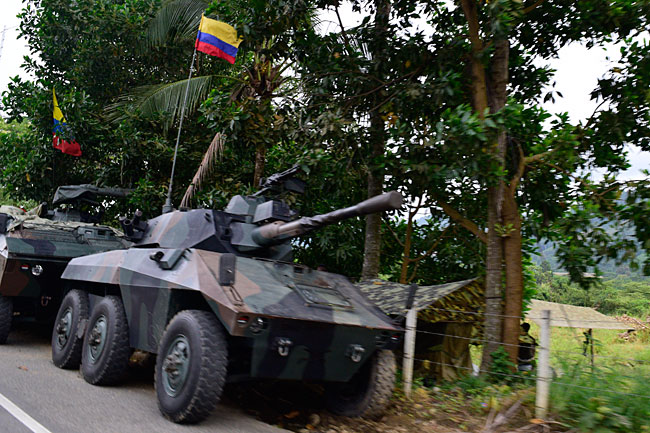
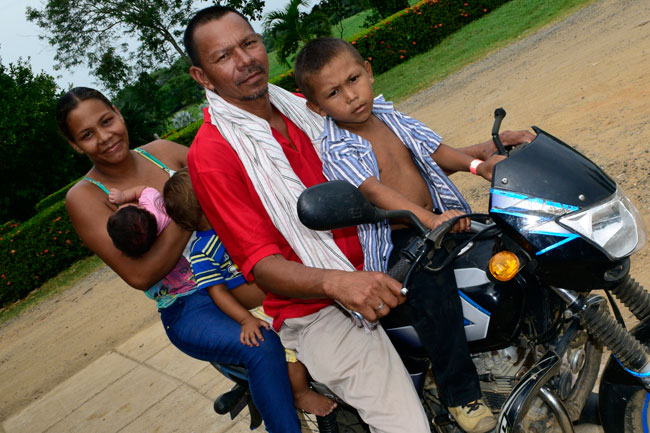

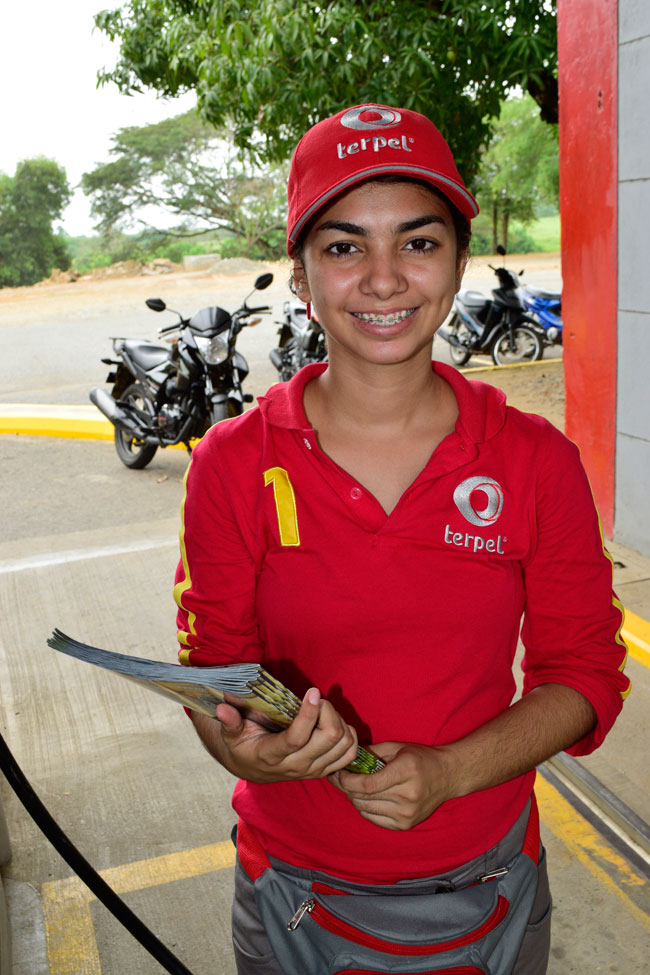



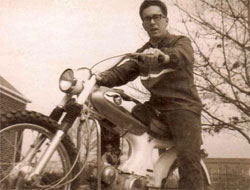 In the old days, it was simple. There were motorcycles. Just plain motorcycles. You wanted to ride, you bought a motorcycle. And they were small, mostly. I started on a 90cc Honda (that’s me in that photo to the right). We’d call it a standard today, if such a thing still existed.
In the old days, it was simple. There were motorcycles. Just plain motorcycles. You wanted to ride, you bought a motorcycle. And they were small, mostly. I started on a 90cc Honda (that’s me in that photo to the right). We’d call it a standard today, if such a thing still existed. The Harley had a low center of gravity, and I liked that. It was low to the ground, and I didn’t like that. And it was heavy. When that puppy started to drift in the sand, I just hung on and hoped for the best. Someone was looking out for me, because in all of that offroading down there in Baja, I never once dropped it. As I sit here typing this, enjoying a nice hot cup of coffee that Susie just made for me, I realize that’s kind of amazing.
The Harley had a low center of gravity, and I liked that. It was low to the ground, and I didn’t like that. And it was heavy. When that puppy started to drift in the sand, I just hung on and hoped for the best. Someone was looking out for me, because in all of that offroading down there in Baja, I never once dropped it. As I sit here typing this, enjoying a nice hot cup of coffee that Susie just made for me, I realize that’s kind of amazing.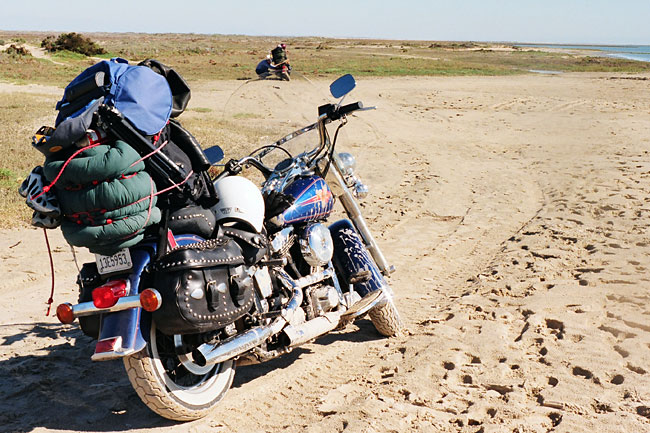
 I was pretty hooked on the look, though, and I went through a succession of sports bikes, including the TL1000S, a really racy Triumph Daytona 1200 (rode that one from Mexico to Canada), and a Triumph Speed Triple. Fast, but really dumb as touring solutions, and even dumber for any kind of off road excursion.
I was pretty hooked on the look, though, and I went through a succession of sports bikes, including the TL1000S, a really racy Triumph Daytona 1200 (rode that one from Mexico to Canada), and a Triumph Speed Triple. Fast, but really dumb as touring solutions, and even dumber for any kind of off road excursion.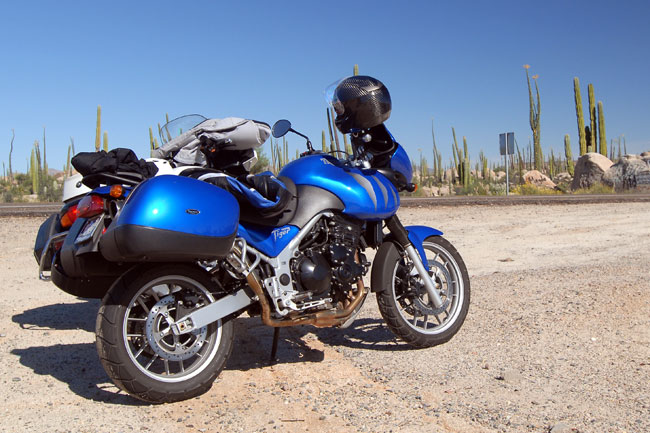 The Triumph had a few things going for it…I liked the detachable luggage, it was fast, it got good gas mileage (I could go 200+ miles between gas stations), and did I mention it was fast?
The Triumph had a few things going for it…I liked the detachable luggage, it was fast, it got good gas mileage (I could go 200+ miles between gas stations), and did I mention it was fast? My buddy John and I have covered a lot of miles on our KLRs through Baja and elsewhere. I still have my KLR, but truth be told, I only fire it up three or four times a year. It’s a big bike. Kawi says the KLR is under 400 lbs, but with a full tank of gas on a certified scale, that thing is actually north of 500 lbs. I was shocked when I saw that on the digital readout. And, like all of the dual sports, the KLR is tall. It still gives me the same tip-over anxiety as the Tiger did when I get on it. And I know if I ever dropped it, I’d need a crew to get it back on its feet.
My buddy John and I have covered a lot of miles on our KLRs through Baja and elsewhere. I still have my KLR, but truth be told, I only fire it up three or four times a year. It’s a big bike. Kawi says the KLR is under 400 lbs, but with a full tank of gas on a certified scale, that thing is actually north of 500 lbs. I was shocked when I saw that on the digital readout. And, like all of the dual sports, the KLR is tall. It still gives me the same tip-over anxiety as the Tiger did when I get on it. And I know if I ever dropped it, I’d need a crew to get it back on its feet.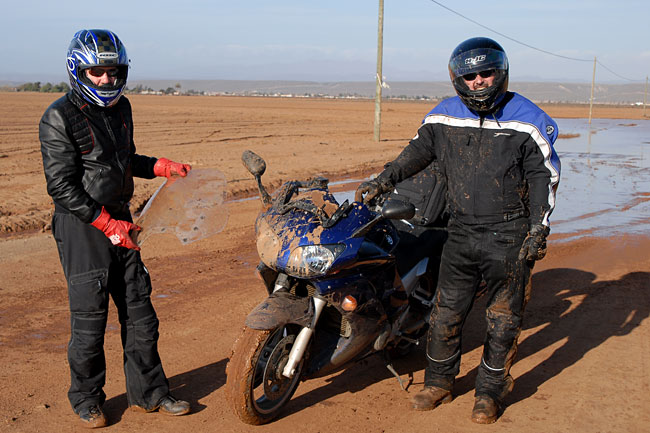 The fall broke the windshield and was probably a bit humiliating for Dave, but the worst part was trying to lift the Yamaha after it went down. Slippery, muddy, wet…knee deep in a Mexican mudbath. Yecchh! It took three of us to get the thing upright and we fell down several times while doing so. Thinking back on it now, we probably looked pretty funny. If we had made a video of it, it probably would have gone viral.
The fall broke the windshield and was probably a bit humiliating for Dave, but the worst part was trying to lift the Yamaha after it went down. Slippery, muddy, wet…knee deep in a Mexican mudbath. Yecchh! It took three of us to get the thing upright and we fell down several times while doing so. Thinking back on it now, we probably looked pretty funny. If we had made a video of it, it probably would have gone viral.
